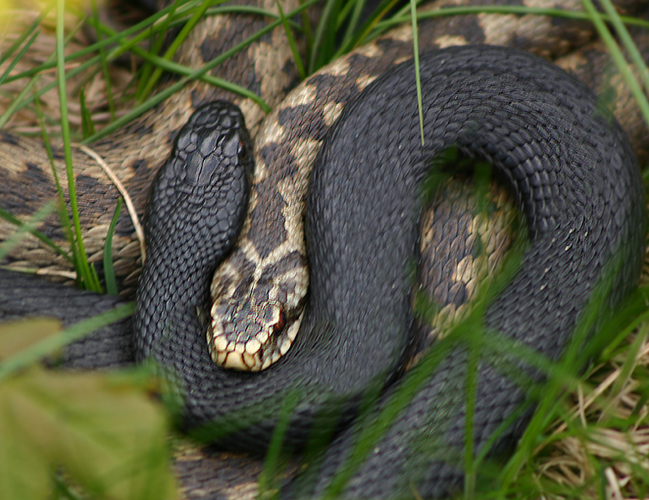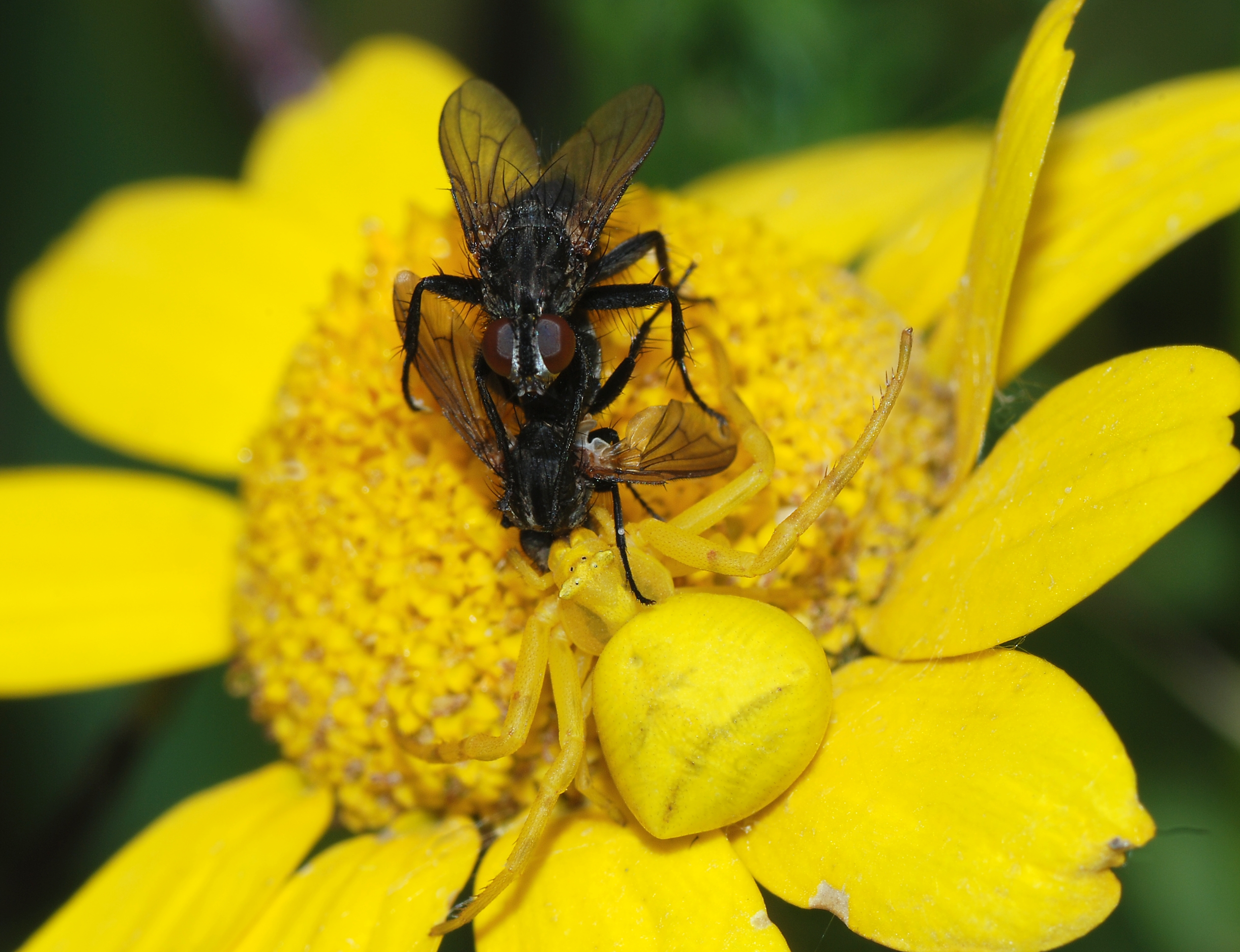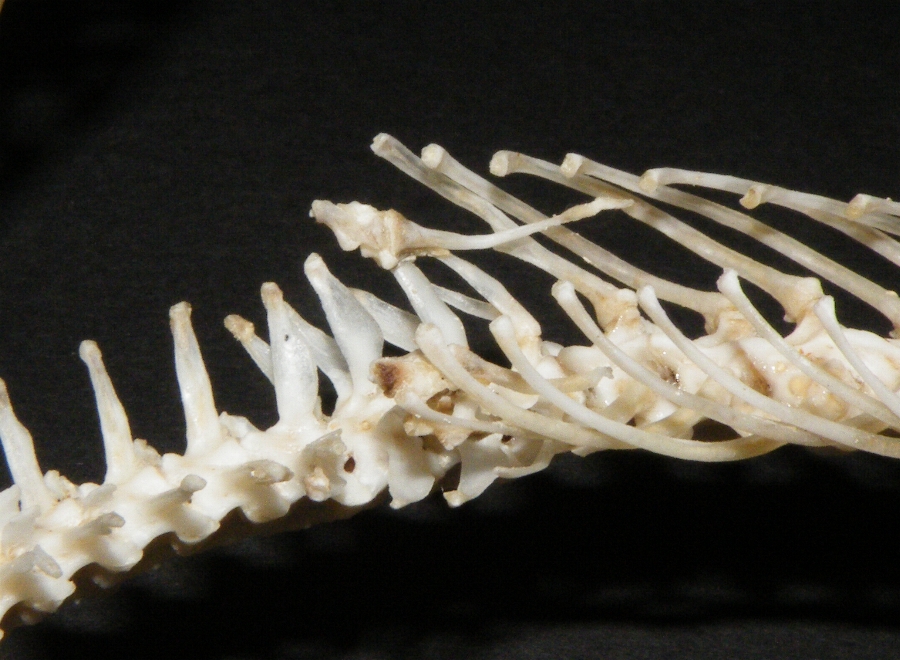|
Viper
The Viperidae (vipers) are a family of snakes found in most parts of the world, except for Antarctica, Australia, Hawaii, Madagascar, and various other isolated islands. They are venomous and have long (relative to non-vipers), hinged fangs that permit deep penetration and injection of their venom. Four subfamilies are currently recognized. They are also known as viperids. The name "viper" is derived from the Latin word ''vipera'', -''ae'', also meaning viper, possibly from ''vivus'' ("living") and ''parere'' ("to beget"), referring to the trait viviparity (giving live birth) common in vipers like most of the species of Boidae. Description All viperids have a pair of relatively long solenoglyphous (hollow) fangs that are used to inject venom from glands located towards the rear of the upper jaws, just behind the eyes. Each of the two fangs is at the front of the mouth on a short maxillary bone that can rotate back and forth. When not in use, the fangs fold back against the ... [...More Info...] [...Related Items...] OR: [Wikipedia] [Google] [Baidu] |
Vipera Berus In Finland
''Vipera'' (; commonly known as the palaearctic vipersSpawls S, Branch B (1995). ''The Dangerous Snakes of Africa: Natural History, Species Directory, Venoms and Snakebite''. Sanibel Island, Florida: Ralph Curtis Books / Dubai: Oriental Press. 192 pp. . and Eurasian vipersMallow D, Ludwig D, Nilson G (2003). ''True Vipers: Natural History and Toxinology of Old World Vipers''. Malabar, Florida: Krieger Publishing Company. 359 pp. ) is a genus of vipers. It has a very wide range, being found from North Africa to just within the Arctic Circle and from Great Britain to Pacific Asia. The Latin name ''vīpera'' is possibly derived from the Latin words ''vivus'' and ''pario'', meaning "alive" and "bear" or "bring forth"; likely a reference to the fact that most vipers bear live young.Gotch AF (1986). ''Reptiles – Their Latin Names Explained''. Poole, UK: Blandford Press. 176 pp. . Currently, 21 species are recognized. Like all other vipers, the members of this genus are venomous. De ... [...More Info...] [...Related Items...] OR: [Wikipedia] [Google] [Baidu] |
Vipera Berus
''Vipera berus'', the common European adderMallow D, Ludwig D, Nilson G. (2003). ''True Vipers: Natural History and Toxinology of Old World Vipers''. Malabar, Florida: Krieger Publishing Company. . or common European viper,Stidworthy J. (1974). ''Snakes of the World''. New York: Grosset & Dunlap Inc. 160 pp. . is a venomous snake that is extremely widespread and can be found throughout most of central and eastern Europe and as far as East Asia. Known by a host of common names including common adder and common viper, adders have been the subject of much folklore in Britain and other European countries. They are not regarded as especially dangerous; the snake is not aggressive and usually bites only when really provoked, stepped on, or picked up. Bites can be very painful, but are seldom fatal. The specific name, ''berus'', is New Latin and was at one time used to refer to a snake, possibly the grass snake, '' Natrix natrix''.Gotch AF. (1986). ''Reptiles: Their Latin Names Explaine ... [...More Info...] [...Related Items...] OR: [Wikipedia] [Google] [Baidu] |
Snake
Snakes are elongated, limbless, carnivorous reptiles of the suborder Serpentes . Like all other squamates, snakes are ectothermic, amniote vertebrates covered in overlapping scales. Many species of snakes have skulls with several more joints than their lizard ancestors, enabling them to swallow prey much larger than their heads ( cranial kinesis). To accommodate their narrow bodies, snakes' paired organs (such as kidneys) appear one in front of the other instead of side by side, and most have only one functional lung. Some species retain a pelvic girdle with a pair of vestigial claws on either side of the cloaca. Lizards have evolved elongate bodies without limbs or with greatly reduced limbs about twenty-five times independently via convergent evolution, leading to many lineages of legless lizards. These resemble snakes, but several common groups of legless lizards have eyelids and external ears, which snakes lack, although this rule is not universal (see Amphisbae ... [...More Info...] [...Related Items...] OR: [Wikipedia] [Google] [Baidu] |
Venomous Snake
Venomous snakes are species of the suborder Serpentes that are capable of producing venom, which they use for killing prey, for defense, and to assist with digestion of their prey. The venom is typically delivered by injection using hollow or grooved fangs, although some venomous snakes lack well-developed fangs. Common venomous snakes include the families Elapidae, Viperidae, Atractaspididae, and some of the Colubridae. The toxicity of venom is mainly indicated by murine , while multiple factors are considered to judge the potential danger to humans. Other important factors for risk assessment include the likelihood that a snake will bite, the quantity of venom delivered with the bite, the efficiency of the delivery mechanism, and the location of a bite on the body of the victim. Snake venom may have both neurotoxic and hemotoxic properties. There are about 600 venomous snake species in the world. Evolution The evolutionary history of venomous snakes can be traced back ... [...More Info...] [...Related Items...] OR: [Wikipedia] [Google] [Baidu] |
Keeled Scales
Keeled scales refer to reptile scales that, rather than being smooth, have a ridge down the center that may or may not extend to the tip of the scale, Campbell, J. A., Lamar, W. W. (2004). ''The Venomous Reptiles of the Western Hemisphere''. Ithaca and London: Comstock Publishing Associates. 870 pp. 1,500 plates. . making them rough to the touch. According to Street's (1979) description of European lizards and snakes, in those that have keeled scales the keels are usually stronger in male specimens and are consistently arranged according to the species of reptiles, even though many others do not have them. With European lizards, the dorsal scales are usually well keeled, while those on the flanks are more weakly keeled and those on the belly smooth. Street, D. (1979). ''The Reptiles of Northern and Central Europe''. London: B.T. Batsford Ltd. 268 pp. . Non-European lizards such as '' Sphaerodactylus macrolepis'' also display keeled scales. Klauber (1997), describes how the keels ... [...More Info...] [...Related Items...] OR: [Wikipedia] [Google] [Baidu] |
Ambush Predator
Ambush predators or sit-and-wait predators are carnivorous animals that capture or trap prey via stealth, luring or by (typically instinctive) strategies utilizing an element of surprise. Unlike pursuit predators, who chase to capture prey using sheer speed or endurance, ambush predators avoid fatigue by staying in concealment, waiting patiently for the prey to get near, before launching a sudden overwhelming attack that quickly incapacitates and captures the prey. The ambush is often opportunistic, and may be set by hiding in a burrow, by camouflage, by aggressive mimicry, or by the use of a trap (e.g. a web). The predator then uses a combination of senses to detect and assess the prey, and to time the strike. Nocturnal ambush predators such as cats and snakes have vertical slit pupils helping them to judge the distance to prey in dim light. Different ambush predators use a variety of means to capture their prey, from the long sticky tongues of chameleons to the expandi ... [...More Info...] [...Related Items...] OR: [Wikipedia] [Google] [Baidu] |
Crotalus Skull
''Crotalus'' is a genus of venomous pit vipers in the family Viperidae, known as rattlesnakes or rattlers. Wright AH, Wright AA (1957). ''Handbook of Snakes of the United States and Canada''. Ithaca and London: Comstock Publishing Associates (7th printing, 1985). 1,105 pp. (in 2 volumes). . The genus is found only in the Americas from southern Canada to northern Argentina, and member species are colloquially known as rattlesnakes. The generic name ''Crotalus'' is derived from the Greek word ''krótalοn'', which means "rattle" or "castanet", and refers to the rattle on the end of the tail, which makes this group (genera ''Crotalus'' and ''Sistrurus'') so distinctive.Campbell JA, Lamar WW (2004). ''The Venomous Reptiles of the Western Hemisphere''. Ithaca and London: Comstock Publishing Associates. 870 pp. 1,500 plates. . Currently, 32 to 45 species are recognized as being valid. Description Members of the genus ''Crotalus'' range in size from only ('' C. intermedius'', '' C. p ... [...More Info...] [...Related Items...] OR: [Wikipedia] [Google] [Baidu] |
Solenoglypha
A snake skeleton consists primarily of the skull, vertebrae, and ribs, with only vestigial remnants of the limbs. Skull The skull of a snake is a very complex structure, with numerous joints to allow the snake to swallow prey far larger than its head. The typical snake skull has a solidly ossified braincase, with the separate frontal bones and the united parietal bones extending downward to the basisphenoid, which is large and extends forward into a rostrum extending to the ethmoidal region. The nose is less ossified, and the paired nasal bones are often attached only at their base. The occipital condyle is either trilobate and formed by the basioccipital and the exoccipitals, or a simple knob formed by the basioccipital; the supraoccipital is excluded from the foramen magnum. The basioccipital may bear a curved ventral process or hypapophysis in the vipers. The prefrontal bone is situated, on each side, between the frontal bone and the maxilla, and may or may not be ... [...More Info...] [...Related Items...] OR: [Wikipedia] [Google] [Baidu] |
Venom
Venom or zootoxin is a type of toxin produced by an animal that is actively delivered through a wound by means of a bite, sting, or similar action. The toxin is delivered through a specially evolved ''venom apparatus'', such as fangs or a stinger, in a process called envenomation. Venom is often distinguished from poison, which is a toxin that is passively delivered by being ingested, inhaled, or absorbed through the skin, and toxungen, which is actively transferred to the external surface of another animal via a physical delivery mechanism. Venom has evolved in terrestrial and marine environments and in a wide variety of animals: both predators and prey, and both vertebrates and invertebrates. Venoms kill through the action of at least four major classes of toxin, namely necrotoxins and cytotoxins, which kill cells; neurotoxins, which affect nervous systems; myotoxins, which damage muscles; and haemotoxins, which disrupt blood clotting. Venomous animals cause tens ... [...More Info...] [...Related Items...] OR: [Wikipedia] [Google] [Baidu] |
Protease
A protease (also called a peptidase, proteinase, or proteolytic enzyme) is an enzyme that catalyzes (increases reaction rate or "speeds up") proteolysis, breaking down proteins into smaller polypeptides or single amino acids, and spurring the formation of new protein products. They do this by cleaving the peptide bonds within proteins by hydrolysis, a reaction where water breaks bonds. Proteases are involved in many biological functions, including digestion of ingested proteins, protein catabolism (breakdown of old proteins), and cell signaling. In the absence of functional accelerants, proteolysis would be very slow, taking hundreds of years. Proteases can be found in all forms of life and viruses. They have independently evolved multiple times, and different classes of protease can perform the same reaction by completely different catalytic mechanisms. Hierarchy of proteases Based on catalytic residue Proteases can be classified into seven broad groups: * Serine prot ... [...More Info...] [...Related Items...] OR: [Wikipedia] [Google] [Baidu] |
Necrosis
Necrosis () is a form of cell injury which results in the premature death of cells in living tissue by autolysis. Necrosis is caused by factors external to the cell or tissue, such as infection, or trauma which result in the unregulated digestion of cell components. In contrast, apoptosis is a naturally occurring programmed and targeted cause of cellular death. While apoptosis often provides beneficial effects to the organism, necrosis is almost always detrimental and can be fatal. Cellular death due to necrosis does not follow the apoptotic signal transduction pathway, but rather various receptors are activated and result in the loss of cell membrane integrity and an uncontrolled release of products of cell death into the extracellular space. This initiates in the surrounding tissue an inflammatory response, which attracts leukocytes and nearby phagocytes which eliminate the dead cells by phagocytosis. However, microbial damaging substances released by leukocytes woul ... [...More Info...] [...Related Items...] OR: [Wikipedia] [Google] [Baidu] |
Protease
A protease (also called a peptidase, proteinase, or proteolytic enzyme) is an enzyme that catalyzes (increases reaction rate or "speeds up") proteolysis, breaking down proteins into smaller polypeptides or single amino acids, and spurring the formation of new protein products. They do this by cleaving the peptide bonds within proteins by hydrolysis, a reaction where water breaks bonds. Proteases are involved in many biological functions, including digestion of ingested proteins, protein catabolism (breakdown of old proteins), and cell signaling. In the absence of functional accelerants, proteolysis would be very slow, taking hundreds of years. Proteases can be found in all forms of life and viruses. They have independently evolved multiple times, and different classes of protease can perform the same reaction by completely different catalytic mechanisms. Hierarchy of proteases Based on catalytic residue Proteases can be classified into seven broad groups: * Serine prot ... [...More Info...] [...Related Items...] OR: [Wikipedia] [Google] [Baidu] |









